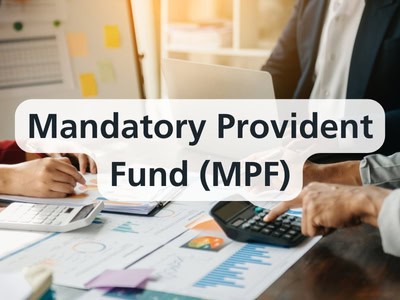Understanding Mandatory Provident Fund (MPF)
 The Mandatory Provident Fund System (MPF) in Hong Kong is a crucial aspect for both employers and employees, requiring regular contributions. Contributions, calculated at 5% of the employee’s relevant income, are subject to minimum and maximum levels, with specific thresholds for monthly earnings determining the contribution amounts.
The Mandatory Provident Fund System (MPF) in Hong Kong is a crucial aspect for both employers and employees, requiring regular contributions. Contributions, calculated at 5% of the employee’s relevant income, are subject to minimum and maximum levels, with specific thresholds for monthly earnings determining the contribution amounts.
For employees paid monthly, the minimum and maximum relevant income levels stand at $7,100 and $30,000, respectively. Those earning below $7,000 monthly are exempt from contributing, while those surpassing $10,000 must contribute $1,500, matched by the employer. The minimum relevant income contribution level of $7,100 applies from November 1, 2013, onwards, and the maximum from June 1, 2014.
What Includes Relevant Income?
Relevant income encompasses various payments to an employee, excluding severance or long service payments. Self-employed individuals in Hong Kong fall under the MPF system, contributing 5% of their relevant income, with the option to make voluntary contributions. Employers calculate and deduct mandatory contributions from employees, with remittance statements submitted to the trustee.
Employers must enroll new employees in the MPF scheme within 60 days of employment, with certain exemptions. Failure to comply carries penalties. The process involves providing an enrolment form, allowing employees to select their investment portfolio. The scheme trustee issues a notice of participation to confirm the employee’s MPF membership. Employees receive monthly pay-records and annual benefit statements, enhancing transparency and accountability within the MPF system.


